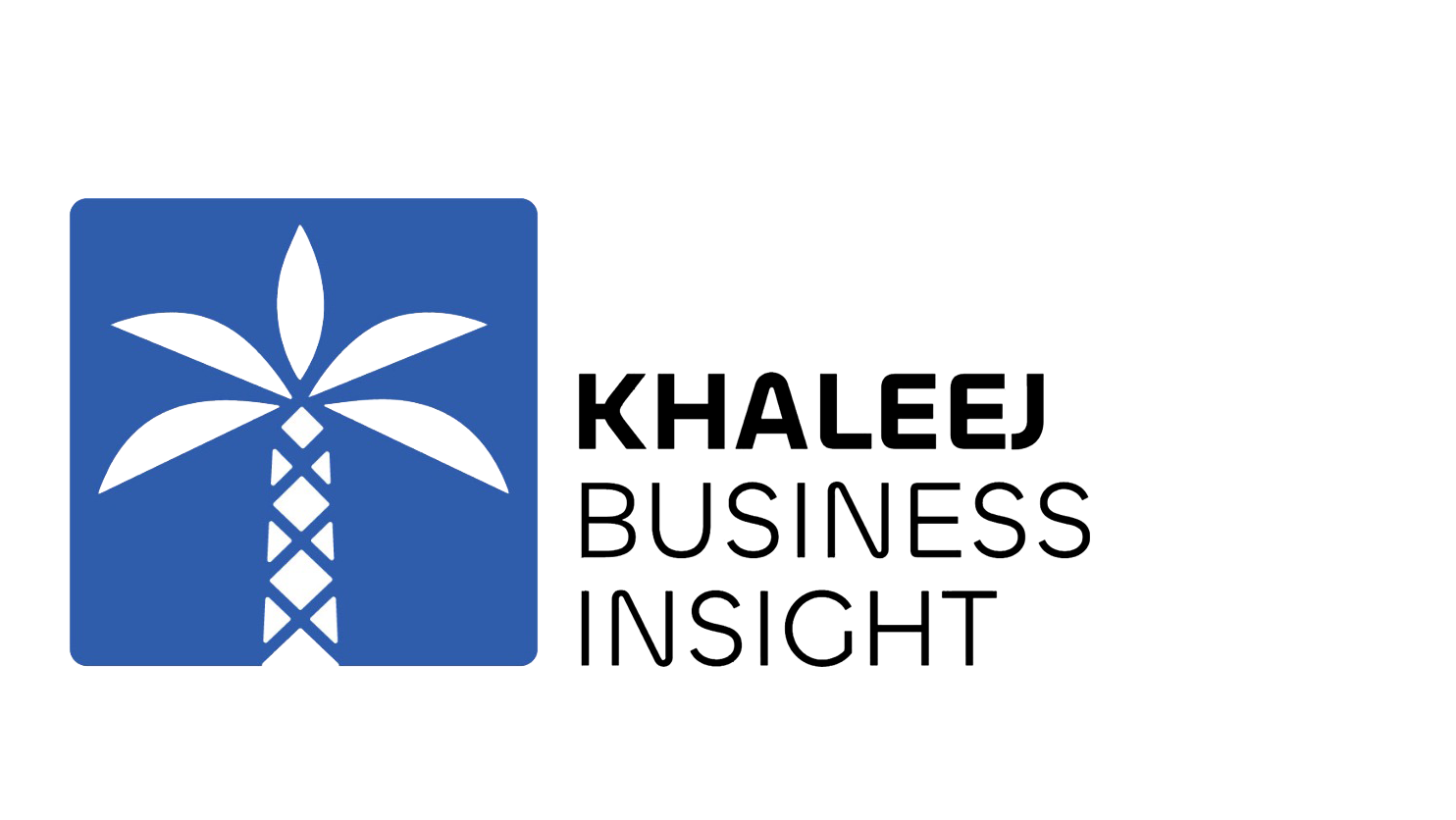Saudi Arabia bonds dominated the GCC fixed income market in the first quarter. The Kingdom raised $31.01 billion from 41 bond and sukuk deals, capturing 60.2 percent of total regional issuances.
Although issuance volume dropped 19.6 percent from last year, Saudi Arabia bonds remained far ahead of other GCC countries. Meanwhile, the region’s overall debt issuance fell by 7.1 percent year on year.
Conventional bonds led the market, accounting for 65.5 percent of total issuances. This trend, continuing from last year, highlights growing interest in traditional instruments, especially Saudi Arabian bonds.
Due to rising interest rates, investors turned to fixed income markets for stability. As a result, Saudi Arabia bonds became more attractive. The Kingdom issued €2.25 billion in euro bonds, including its first green bond. It also raised billions through sukuk in January and February.
The UAE followed with $10.17 billion from 29 deals, taking 19.7 percent of the market. Its bond activity grew 61.6 percent compared to last year. Qatar came third, raising $7.14 billion through 38 offerings, accounting for 13.9 percent.
In contrast, Bahrain saw its bond value fall by 44.5 percent to SR1.53 billion. However, Kuwait increased its bond issuance by 40.9 percent to $1.41 billion. Oman had the smallest contribution, with just $260 million from a single transaction.
Corporate issuances surged to $32.11 billion, showing a 45.3 percent increase year over year. Government-related companies added $6.8 billion. Still, sovereign issuances declined to $19.39 billion, a 41.8 percent drop.
Despite the fall in sovereign debt, Saudi Arabia bonds continued to dominate issuance activity across all categories. Conventional bonds rose 15.8 percent to $32.12 billion, while sukuk dropped 32.5 percent to $17.75 billion.
By sector, financial companies issued the most, raising $22 billion through 100 transactions. Government bonds totaled $19.4 billion from 12 issuances. Real estate followed, bringing in $4.3 billion.
Regarding maturities, short-term bonds under five years led with $27.4 billion from 99 deals. Bonds with five to ten-year terms raised $18.4 billion. One deal between 10 and 30 years brought in $809 million, while one 30+ year deal reached $1 billion. Perpetual bonds increased, reaching $3.9 billion from four issuances.
Issuance sizes varied. Eighteen deals of $1 billion or more raised $31.9 billion, or 61.9 percent of the total. Twenty-two deals between $500 million and $1 billion raised $14.4 billion. Sixty-five smaller deals under $100 million added up to $1.9 billion.
Currency-wise, Saudi Arabia bonds dominated with US dollar-denominated offerings. These raised $44.9 billion from 92 deals, making up 87.2 percent of total GCC issuances. Euro bonds followed, totaling $3 billion from four deals.
Analysts expect Saudi banks to issue over $30 billion in US dollar bonds this year. Since 2020, these banks have expanded their presence in global markets. Their strategy matches growing foreign currency needs and global funding goals.
Forecasts show that Saudi Arabia’s bonds could help the nation’s debt market reach $500 billion by the end of the year. Economic reforms under Vision 2030 continue to boost this growth and attract investors.





